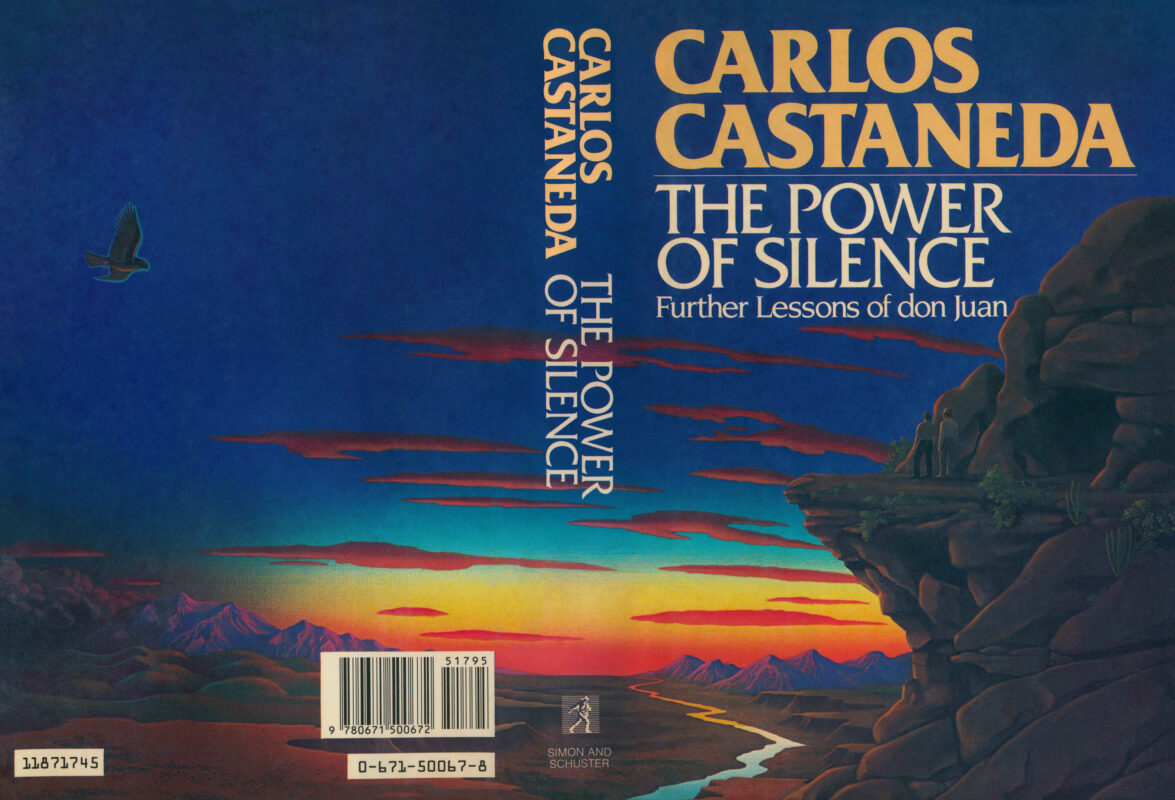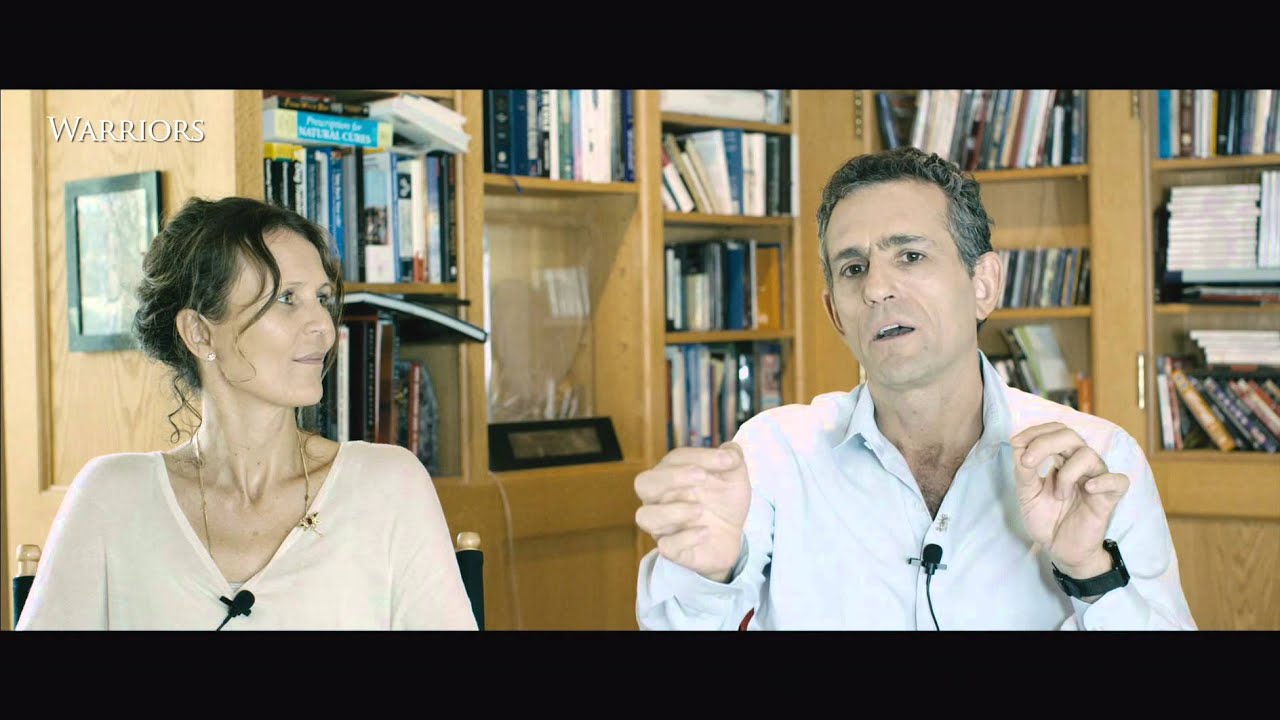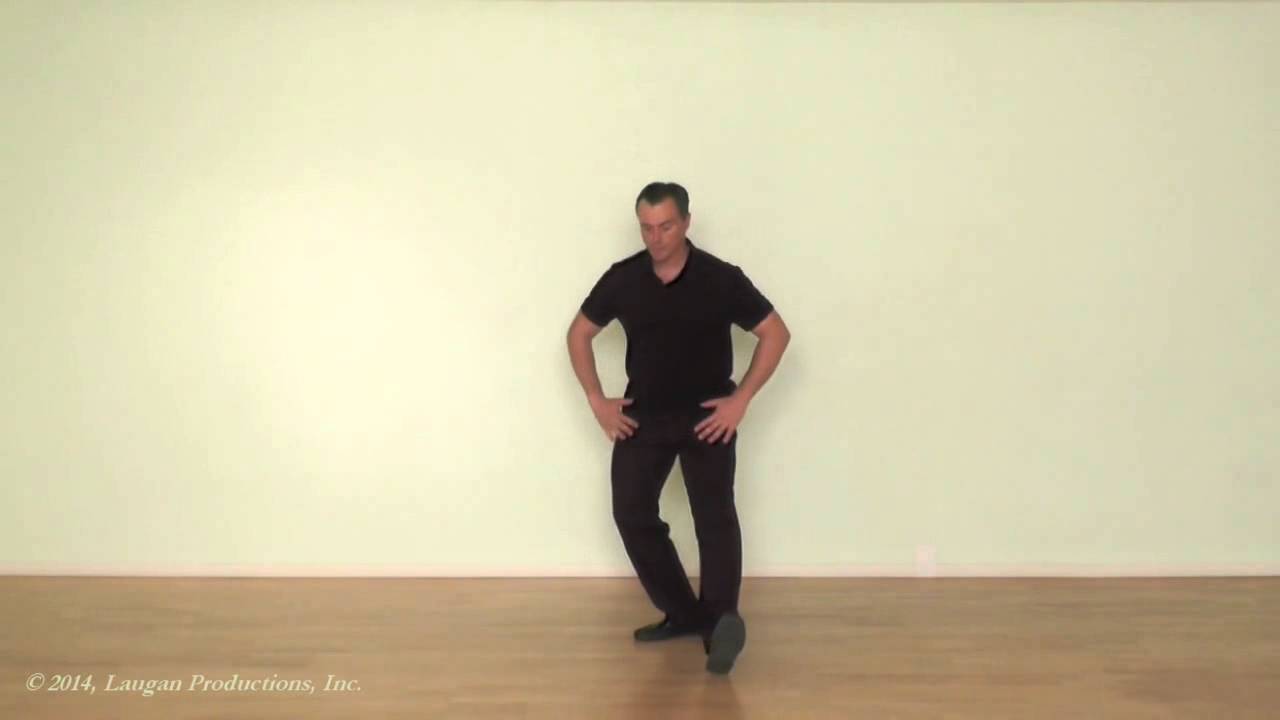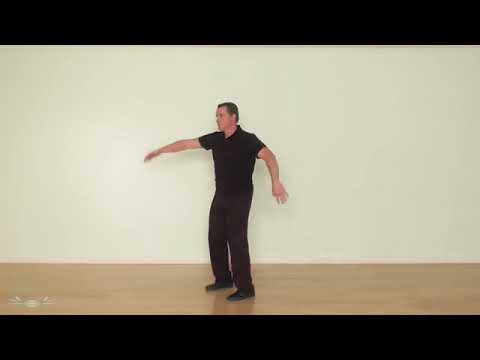The Requirements of Intent – The Two One-Way Bridges
Castaneda reflects on his “here and here” experience, prompting don Juan to explain that such a “movement of the assemblage point” is a sorcerer’s goal, achieved through impeccability and curtailing self-reflection to access inner energy. Don Juan recounts his own initiation by nagual Julian, who, to teach him about the spirit, threw him into a raging river, forcing a shift into silent knowledge and split perception. Don Juan later learns from nagual Elías that Julian’s act was a masterful display of “waking up intent” to bring him to the “third point”—freedom of perception. This “third point” is a bridge from “reason” (the current human state) back to “silent knowledge,” accessible through “concern” and “pure understanding,” with the spirit responding to “gestures” of true abandon rather than words.
The Requirements of Intent – The Two One-Way Bridges Read More »



